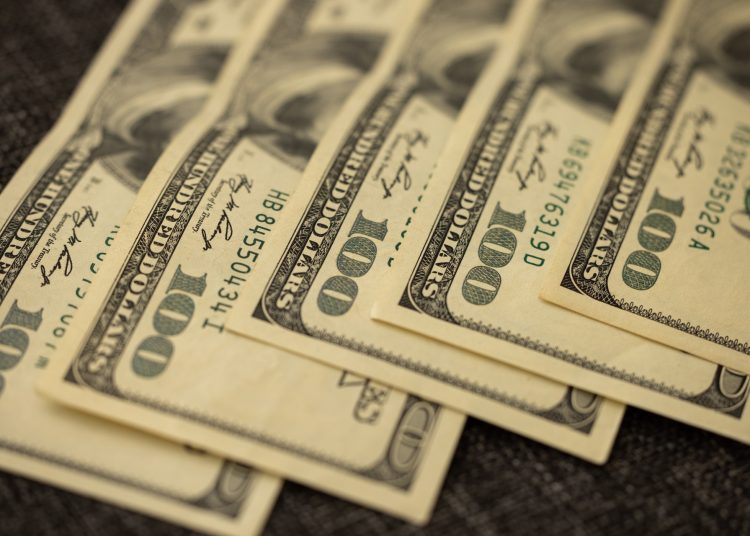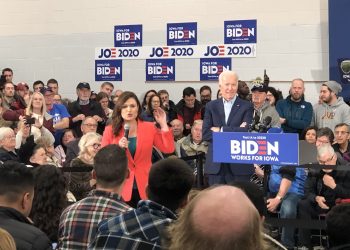(The Center Square) – Iowans are experiencing record past-year inflation and, as a result, are faced with tough decisions.
Nationally, prices industry-wide have experienced the largest past-year increase, 6.2%, since November 1990 (before seasonal adjustment), the U.S. Department of Labor reported Wednesday.
Removing food and energy from the equation, the consumer price index (CPI) has risen 4.6%, which is the largest past-year increase since August 1991. Energy costs rose 30% and food rose 5.3% this year.
The unadjusted Chained CPI for All Urban Consumers last experienced a decrease in November 2020 (-0.1). March, April and May of 2020 each experienced decreases (-0.2, -0.5, -0.1).
The Consumer Price Index is based on retail prices urban consumers and urban wage earners and clerical workers pay for goods and services. It does not include spending patterns of people living in rural areas, farming families, people in the Armed Forces and those who live in institutions, like prisons and mental hospitals, the report said.
Iowans for Tax Relief Foundation Policy Director John Hendrickson told The Center Square on Friday that inflation is a “hidden tax” that is impacting all Iowans.
“The inflation is a direct result of massive government spending and Federal Reserve policies. … [Economic] problems will be made worse if President Joe Biden’s ‘Build Back Better’ massive spending and tax increase bill is passed,” he said. “The nation is at a dangerous crossroads, and we need a return of economic sanity. President Biden should learn from Governor Reynolds, who is strengthening Iowa’s economy by keeping spending low and lowering taxes. Fiscal conservatism is a policy model that has a proven track record. We cannot tax and spend our way to prosperity.”
Iowa State University economics professor Peter Orazem said increasing prices and wage increases go hand in hand, WHO 13 Des Moines reported.
“You are beginning to see people factoring in inflation into what they are expecting for wage increases,” said Orazem. “Once you start seeing that, you start building in cycles of increasing prices. That leads to increasing wages, which then leads to increasing prices once again.”
Iowa Farmers Union board member John Gilbert, a farmer in Hardin County, told The Center Square the cost of supplies for next year’s growing season – including seed, fertilizer and chemicals – will challenge farmers.
“A surprising number of farmers pay for much of next year’s expenses just before the end of the year and cover the checks with the grain sold for January and delivered ahead of year-end. …. The kind of inflation farmers are facing – and fearing – is what happens every time there’s a run up in commodity prices,” he said. “Everyone in the business of selling inputs sees higher prices as a chance to boost the price of their products. The problem is those prices never go down when commodity prices eventually slump.”
Iowa Restaurant Association President and CEO Jessica Dunker told The Center Square in an emailed statement that wholesale food prices in September posted their highest 12-month increase since 1980.
“Restaurant commodity prices are soaring,” Dunker said. “Beef is up nearly 60%, fats and oils are up 50% and eggs are up 40%. In the last 12 months alone, operators have raised menu prices by just under 5%. Operators always hesitate to raise prices but given these inflationary increases on the basics we need to do business, as well as market driven wages increases, their choice is raise prices or be crushed.”
Iowa League of Cities Executive Director Alan Kemp told The Center Square that cities are watching the indexes as well, since salaries, services and material costs could increase with CPI increases.
“Cities will have to monitor and respond as best they can within their budgets,” he said.
Federal Reserve Chair Jerome Powell said in a news conference on November 3 that the Fed is not ready to raise interest rates.
“Our baseline expectation is that supply bottlenecks and shortages will persist well into next year, and elevated inflation as well, and that as the pandemic subsides, supply chain bottlenecks will abate and job growth will move back up and as that happens inflation will decline from today’s elevated levels,” he said. “Of course, the timing of that is highly uncertain, but certainly we should see inflation moving down by the second or third quarter.”
















